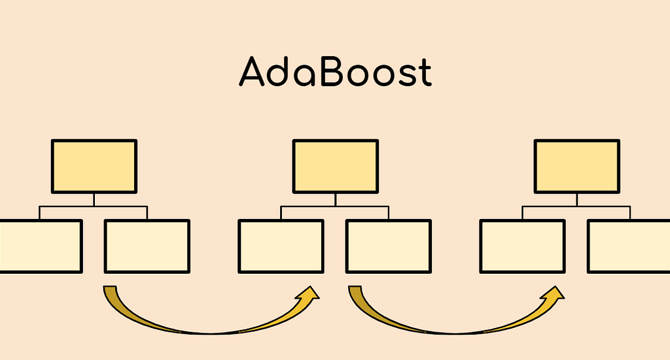Medium
1M
301

Image Credit: Medium
AdaBoost Unraveled: The Secret to Smarter Predictions
- AdaBoost is an ensemble learning technique that combines multiple weak learners to create a strong classifier, improving machine learning model accuracy.
- The AdaBoost algorithm assigns weights to data points, with higher weights to incorrectly classified instances, and trains models to minimize errors.
- By leveraging AdaBoost, combining algorithms like decision trees, KNN, and linear regression can enhance predictive capabilities and increase accuracy.
- The algorithm assigns sample weights and calculates errors to prioritize misclassified data points in subsequent models.
- It updates weights based on classifier performance, adjusting weights for correctly and wrongly classified samples to improve predictive power.
- AdaBoost selects random numbers to emphasize misclassified records, updating sample weights iteratively to reduce errors and improve model accuracy.
- Implementing AdaBoost in Python can be done from scratch using NumPy or through libraries like Scikit-learn.
- Mastering AdaBoost involves understanding boosting, types of boosting, AdaBoost classifier, and the mathematical intuition behind the algorithm.
- AdaBoost, or Adaptive Boosting, significantly enhances weak classifiers' performance by combining their predictions, improving accuracy.
- This article provides insights into AdaBoost algorithm, its application in machine learning, and the importance of ensemble methods for predictive modeling.
Read Full Article
18 Likes
For uninterrupted reading, download the app